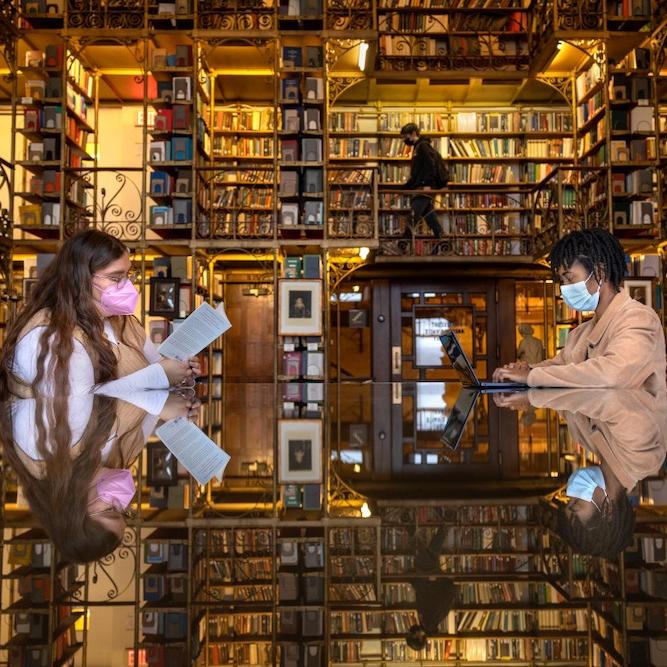
 Department Homepage
Department Homepage
 Department Homepage
The College of Arts & Sciences
Department Homepage
The College of Arts & Sciences
Time and sanctuary: Writing program shapes promising voices
Cornell’s Creative Writing Program supports writers at a time when the world needs insight from artistic voices.



